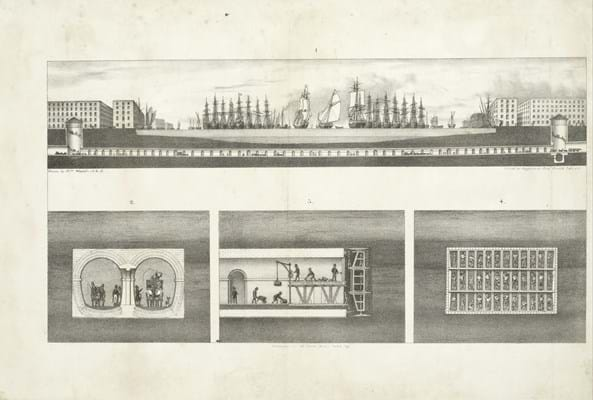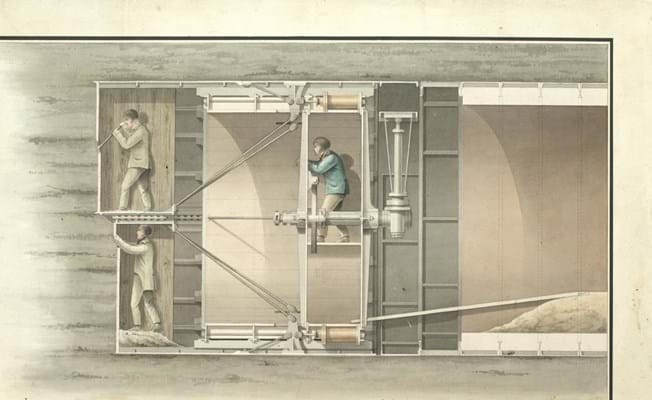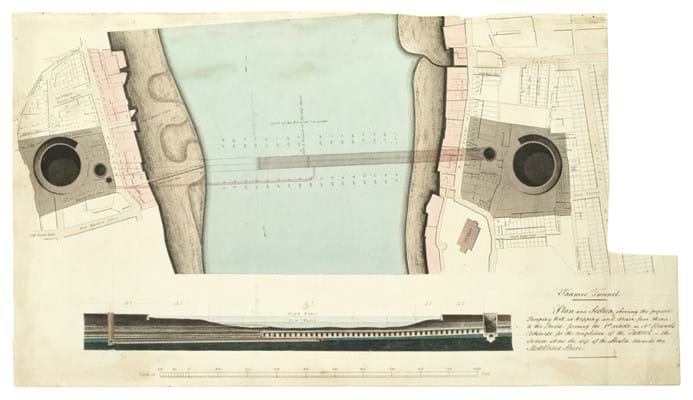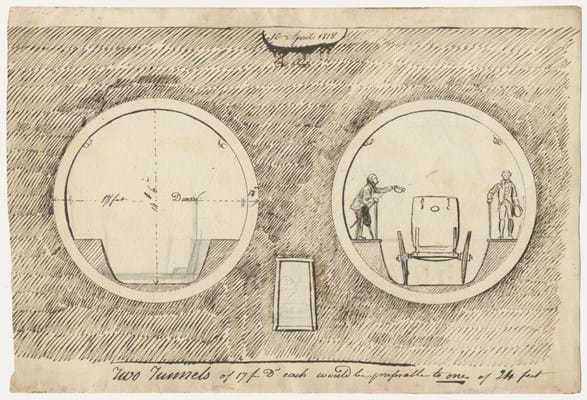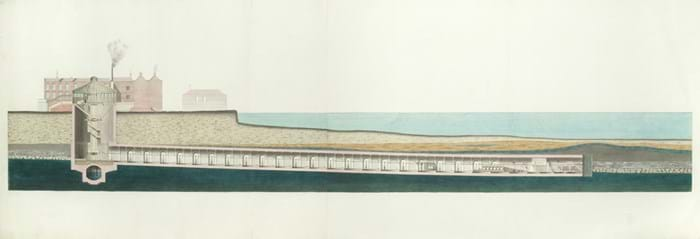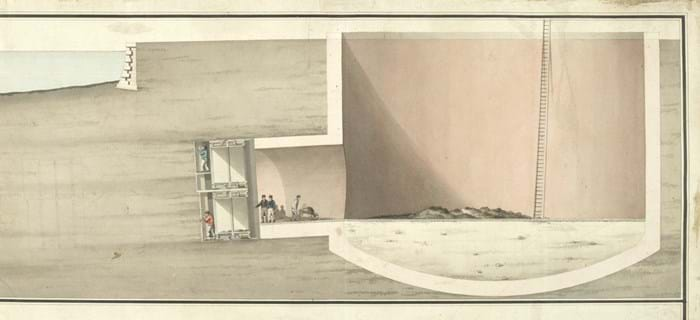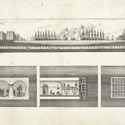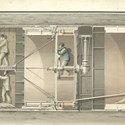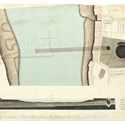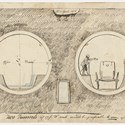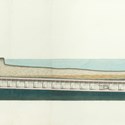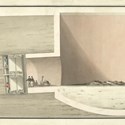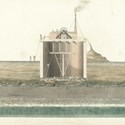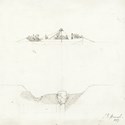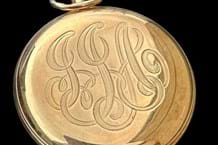Not to mention the huge Thames Tideway Tunnel (aka a very big sewer) which is set to open in 2023. But it is easy to forget the first ‘Thames Tunnel’, which opened as far back as 1837.
Its mixed fortunes is one reason for the lack of renown, despite the fact this link connecting Rotherhithe and Limehouse under the river was the first ever successful underwater tunnel and described at the time as the Eighth Wonder of the World.
The memory will be revived at auction thanks to Bonhams Knightsbridge on November 15. The Fine Books, Atlases, Manuscripts and Photographs sale includes designs for the tunnel, signed by Marc Isambard Brunel and his son Isambard Kingdom Brunel. They are estimated at £50,000-100,000.
The archive, which comes with the signed Brunel family album in which the drawings were originally kept, is being sold by a direct descendant of Marc Isambard Brunel.
Pioneering techniques
Work on the tunnel started in 1825 and techniques pioneered by the Brunels revolutionised tunnelling and had a significant impact on the development of the London Underground – indeed, they were still influential in the construction of the Channel Tunnel in the late 1980s.
The Thames Tunnel remains in daily use, 180 years after its completion, as part of the London Overground rail network.
Brunel's main technological innovation was the development of a ‘shield’ – 38ft (11.6m) wide by 22.5ft (6.9m) high, containing 36 cells in 12 frames over three levels that became the prototype for all future shield construction.
Many of the drawings in this archive feature this remarkable invention, including three miners at work in the tunnel showing how the miners would dig forward and the whole shield would be driven forward by hydraulics (a fascinating cardboard model of the shield is included in the sale).
Although originally expected to be operational within two or three years, the tunnel eventually took 18 years to build because of technical and financial issues.
Marc Isambard Brunel presented a set of drawings of the shield to the Institute of Civil Engineers in 1837, for which he received their silver medal. The archive for sale at Bonhams, however, is more comprehensive, and contains a wealth of other material, including his initial rough sketches for the shield.
Bonhams head of books and manuscripts, Matthew Haley, said: “This is an extraordinarily important archive of one of the great engineering feats of the pre-Victorian era – not just in Britain but in the world. The Thames Tunnel can be seen as Marc Isambard Brunel’s last great project, and the launch pad for the meteoric career of his son, Isambard Kingdom Brunel.”
Marc Isambard Brunel (1769-1849) was a French-born engineer who, as a monarchist, fled to America in 1793 to escape The Terror that followed the French Revolution. He arrived in Great Britain in 1797. A talented and much respected mechanical engineer, he was less successful as a businessman, spending time in a debtors prison until the intervention of the Duke of Wellington secured his release.
Poor handwriting
The appeal of original Brunel documents was obvious at Chippenham Auctions on April 29 when five lots with links to Isambard Kingdom were offered, relating to the Great Western Railway.
Top-seller was a letter dated August 1, 1838 (the year after the Thames Tunnel was completed). Written and signed by Brunel, this was presumably to John Hammond, the resident engineer on the London end of the GWR.
The letter refers to a small quantity of correspondence relating to William Ranger, the contractor on the Reading part of the line. In the letter he refers to Ranger’s acceptance of notice in a letter which was thought to have been lost. Ranger’s contract was terminated shortly after this date. The auction house mentioned Brunel’s “characteristically difficult to read handwriting”.
It sold for £650 against an estimate of £100-150.


